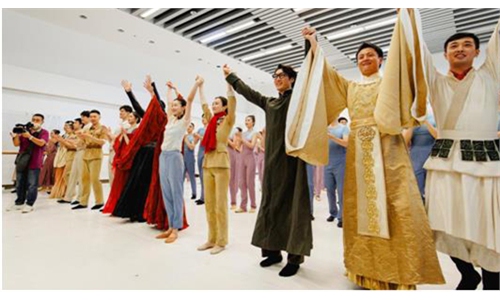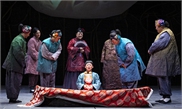ARTS / THEATER
Beijing holds public events to boost night economy, promote Central Axis in seeking UNESCO recognition
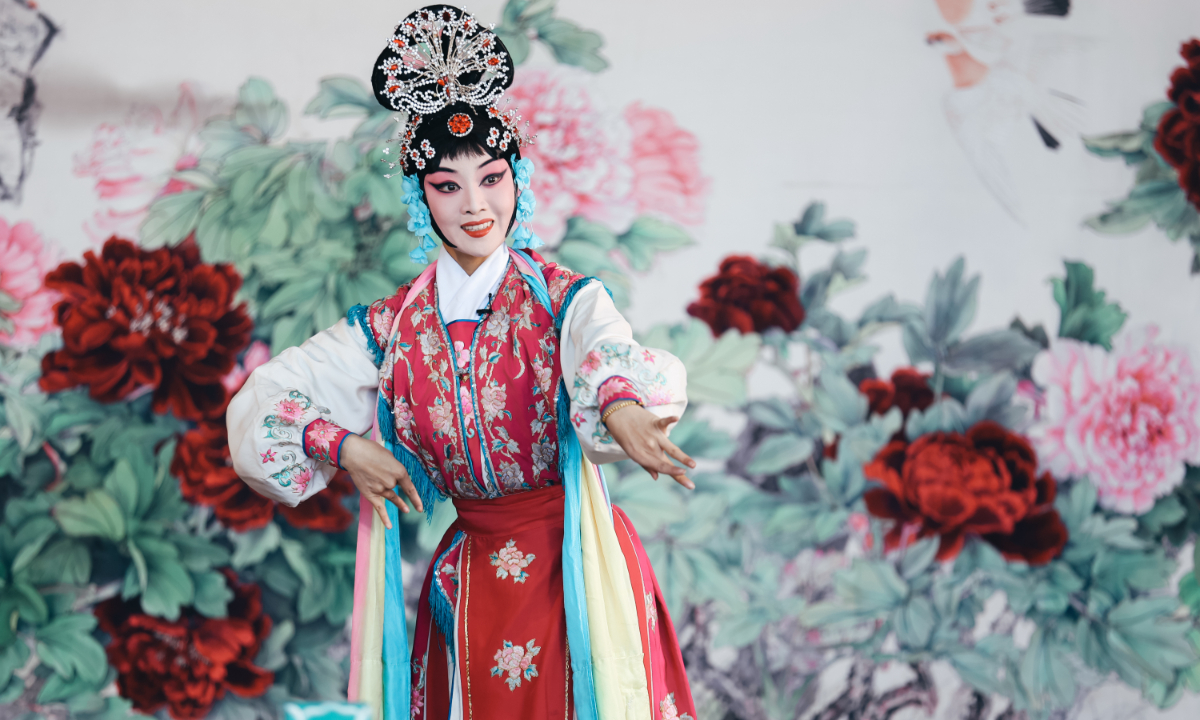
The Beijing Tianqiao promotional activities come to an end on November 30, 2022 with 32 public events. Photo: Courtesy of Beijing Tianqiao Performing Arts Center
The Beijing Tianqiao promotional activities came to an end on Wednesday, and the 32 public events have not only enriched the capital's night life, but also helped to boost the Beijing Central Axis in seeking UNESCO World Heritage status at the World Heritage Committee in 2024.
Tianqiao, located in the southern city center, is an area with a long history as part of Beijing. Its name, meaning bridge of heaven in English, is said to have come from the fact that the bridge was built for emperors to pass during the Ming Dynasty (1368-1644).
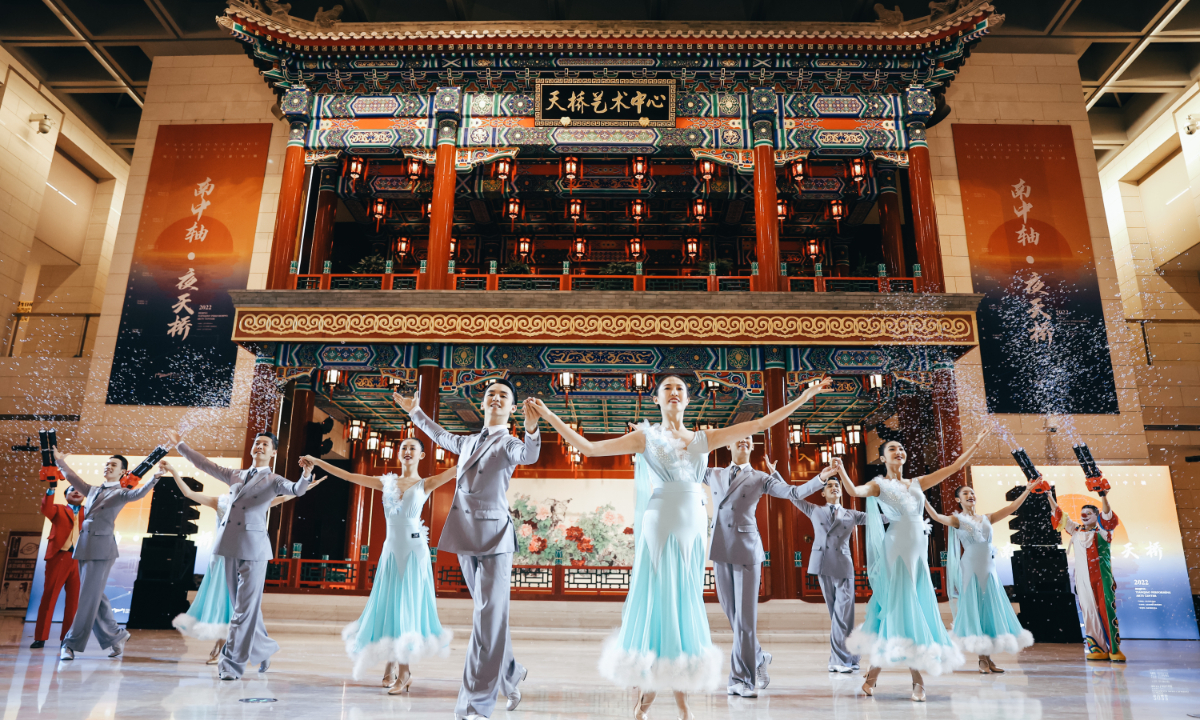
Photo: Courtesy of Beijing Tianqiao Performing Arts Center
It is a node that cannot be ignored along the Central Axis of Beijing, and Tianqiao is considered the starting point of the southern Central Axis.
Historically, the area of Tianqiao was one of the busiest and most prosperous places in Beijing, and it was regarded as the birthplace of Beijing folk culture.
There are not only important buildings and altars and temples on the central axis, but also a sequence of bridges from south to north, and the overpass is the starting point of the southern end of this sequence of bridges. Historically, Tianqiao Square was the busiest and most prosperous place in old Beijing. It was regarded as a typical area of old Beijing civilian society, and was the birthplace of Beijing folk culture.
Yi Shunding, a famous poet during the Qing Dynasty, once said in a poem that "tourists would forget to go home after enjoying the drum sounds and beautiful wine in Tianqiao."
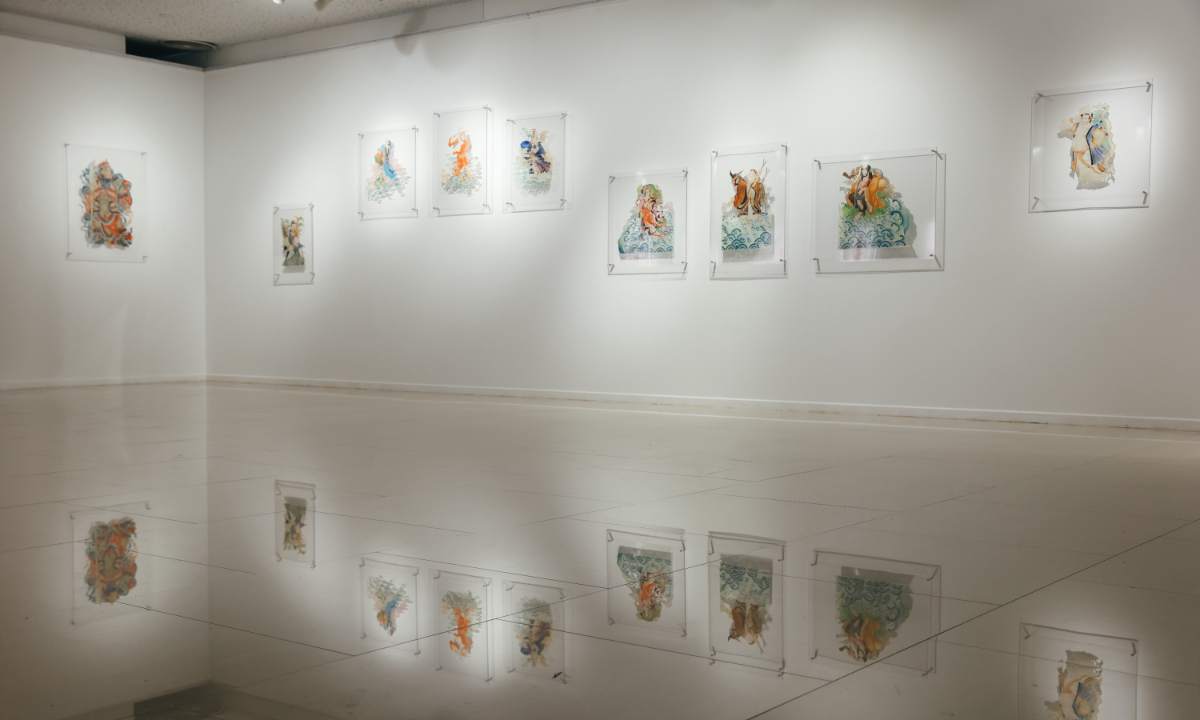
Photo: Courtesy of Beijing Tianqiao Performing Arts Center
The promotional activities included online events such as live-streaming sales of 100 cultural and creative products, online art exhibitions and a night market, as well as night cycling across Beijing.
The online night market was divided into two parts, with the eastern side of the market focusing on selling snacks, jewelry, calligraphy, paintings and books that were mainly a reflection of traditional Beijing style. Meanwhile the western side of the market offered various styles of clothes, make up, and video games.
In addition, the activities included theater performances, outdoor concerts, and "night economy" forums in which industry representatives and relevant experts were invited to discuss the Beijing night economy development.
"The reason we planned this promotional activity was to discover the distinctive cultural characteristics and spiritual signs of the southern Central Axis. We wanted the public to experience the activities and understand the profound connotations of the Central Axis and the traditional culture of Beijing," said Jin Zhen, director of Xicheng District Culture and Tourism Bureau in Beijing.
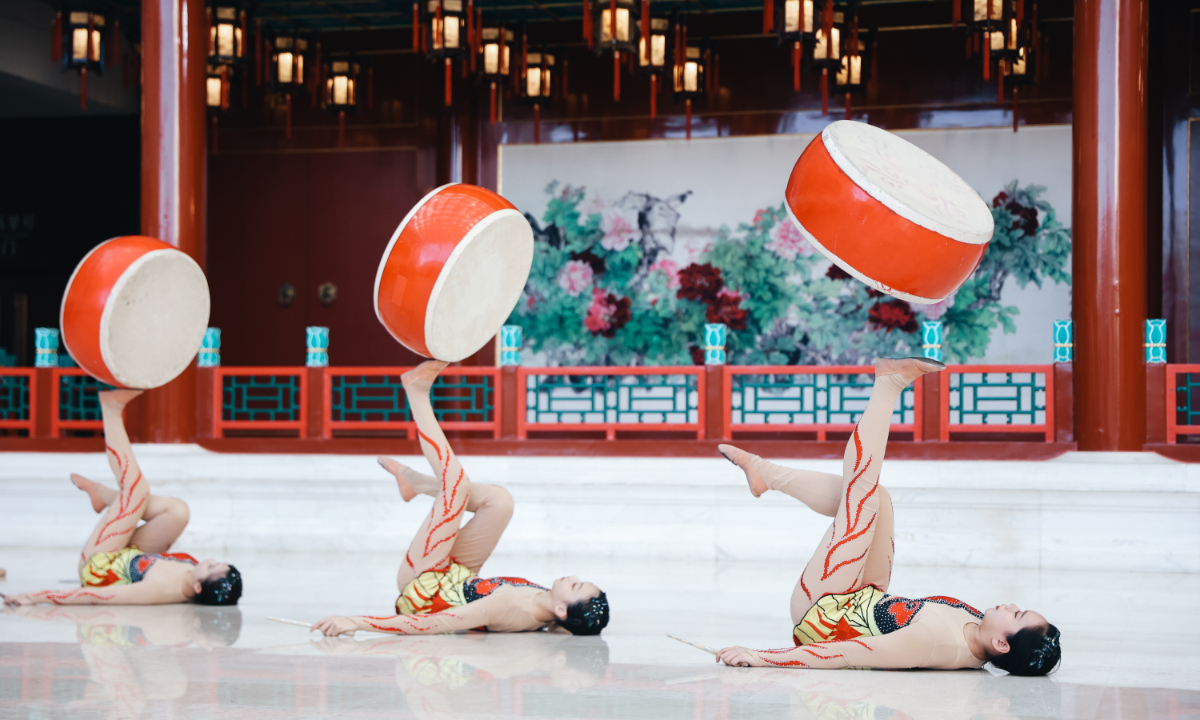
Photo: Courtesy of Beijing Tianqiao Performing Arts Center
Earlier in August, China's National Cultural Heritage Administration announced that diverse methods have been used to advance the recognition of the Beijing Central Axis, the core area of China's capital city.
Most of the essential buildings in the Old City of Beijing were built along the axis, which ingeniously included the imperial palaces, the imperial city, temples and altars, markets and streets. As the most representative and important section of the Old City of Beijing, the axis is the core of old Beijing's pattern and demonstrates the magnificent spatial order of its urban space.
Important locations include the Yongding Gate, Temple of Heaven, Temple of Agriculture, Imperial Ancestral Temple and the Forbidden City, which are uniformly distributed on both sides of the Central Axis.
Global Times
